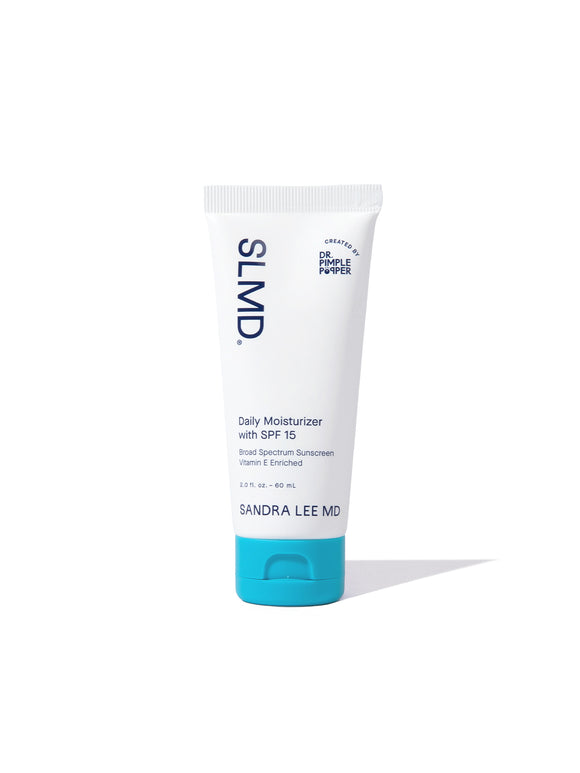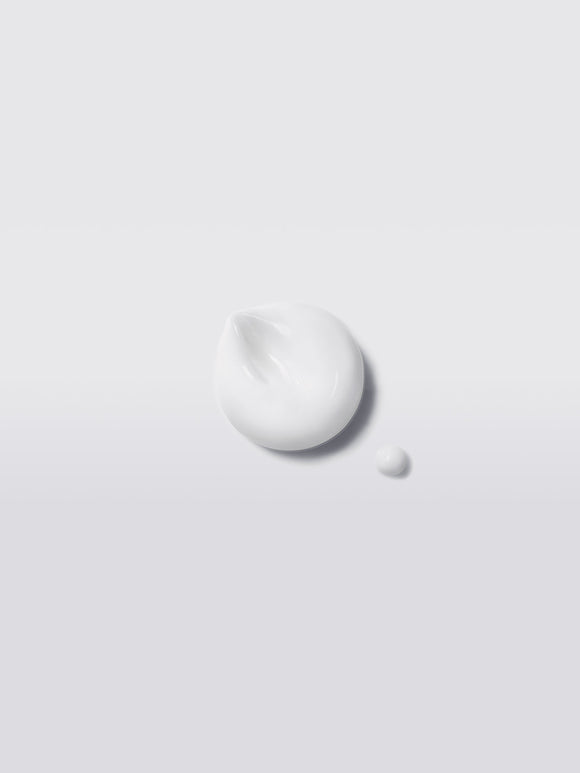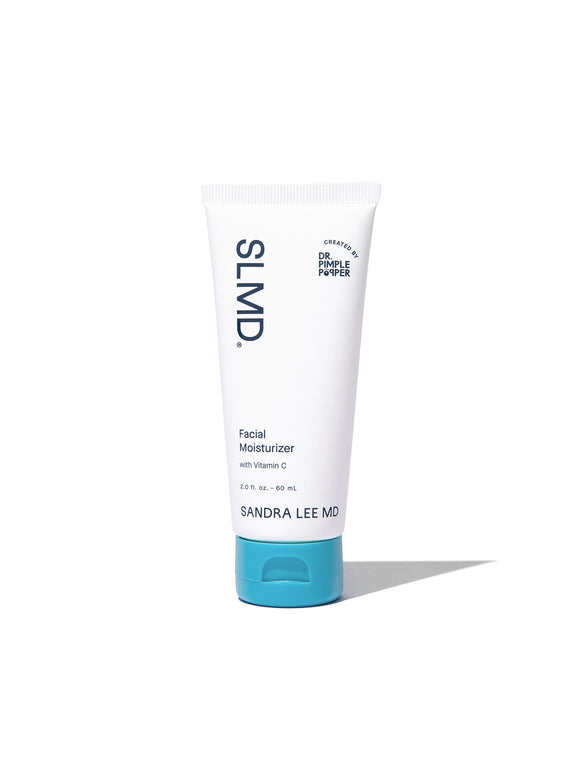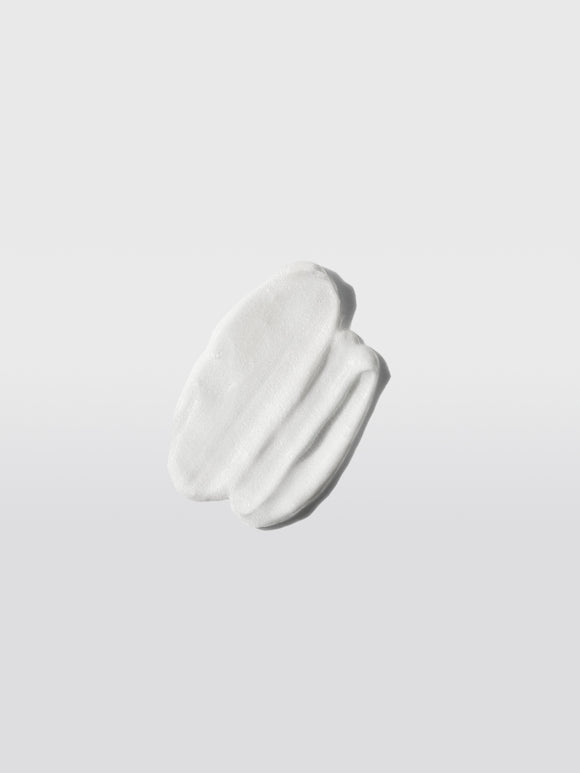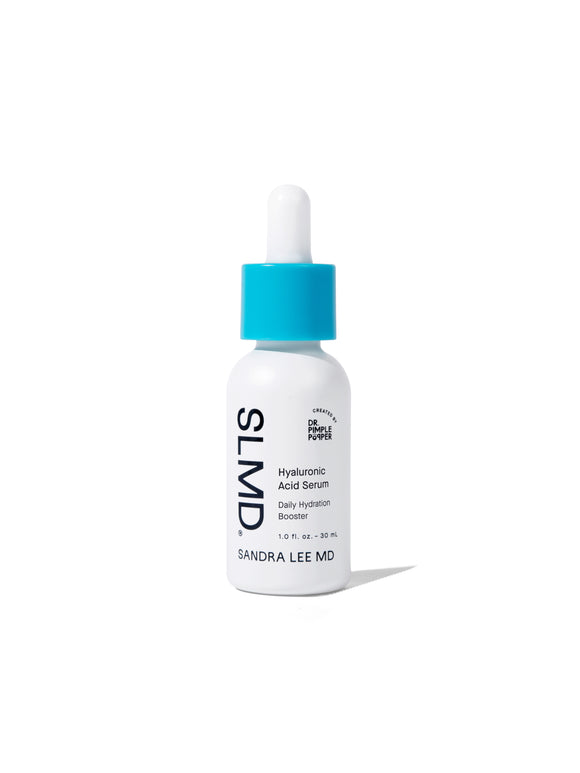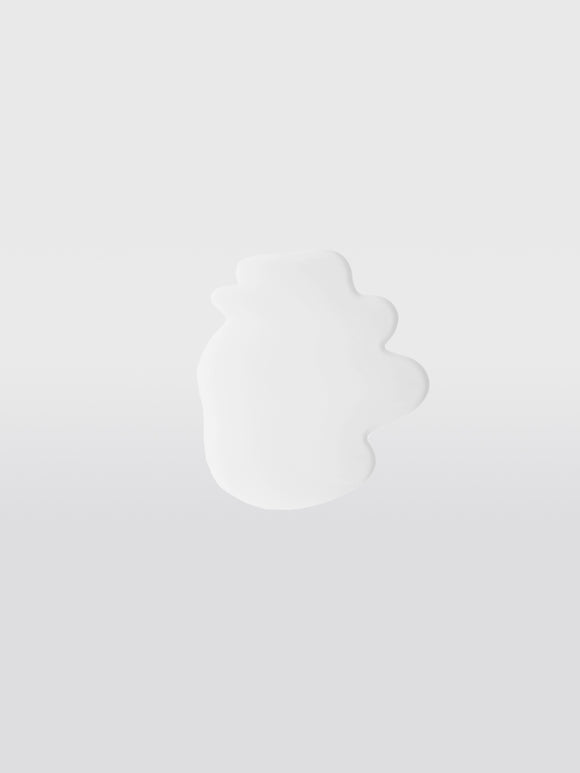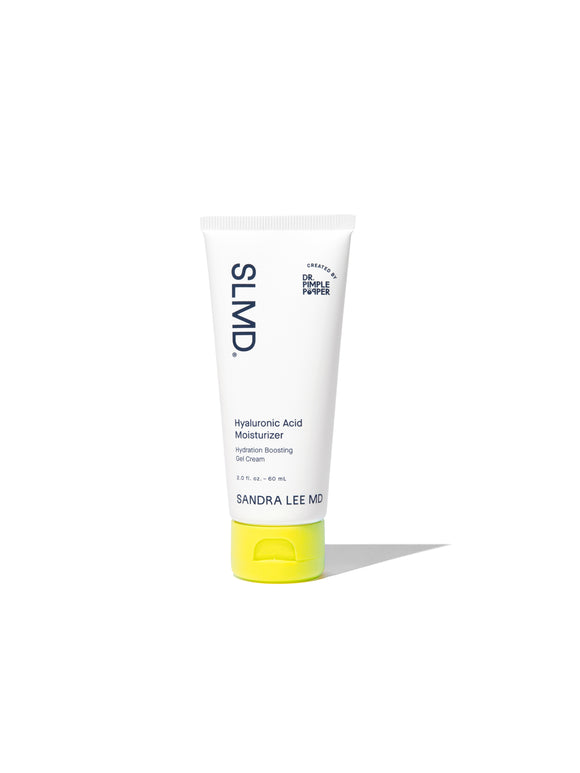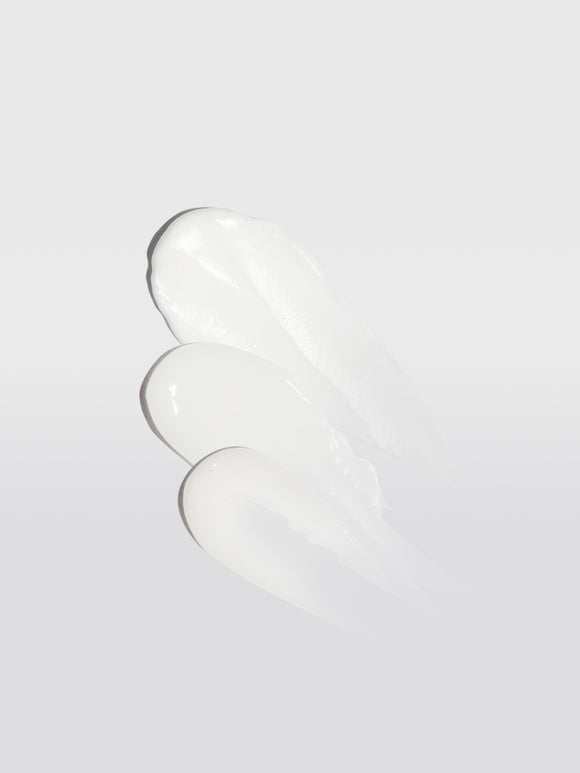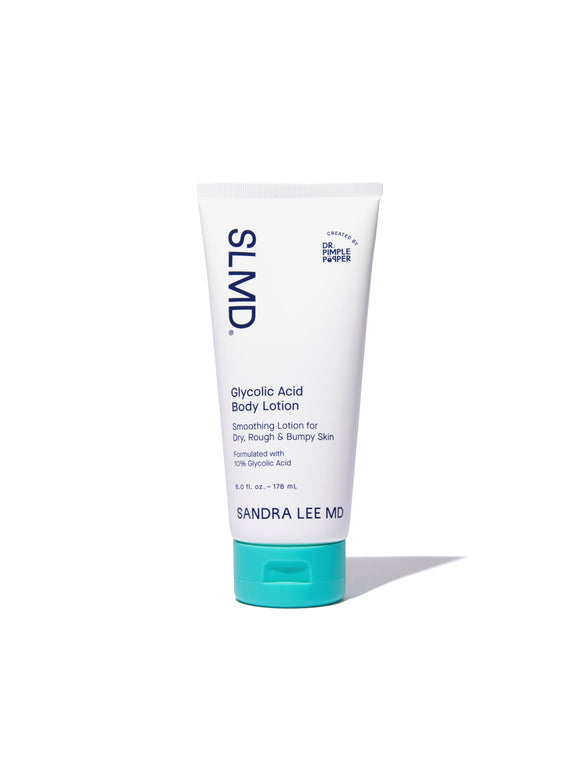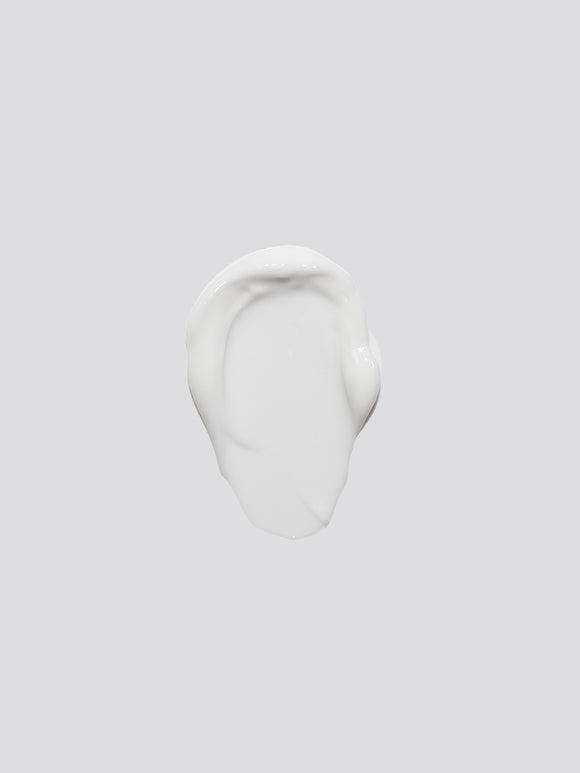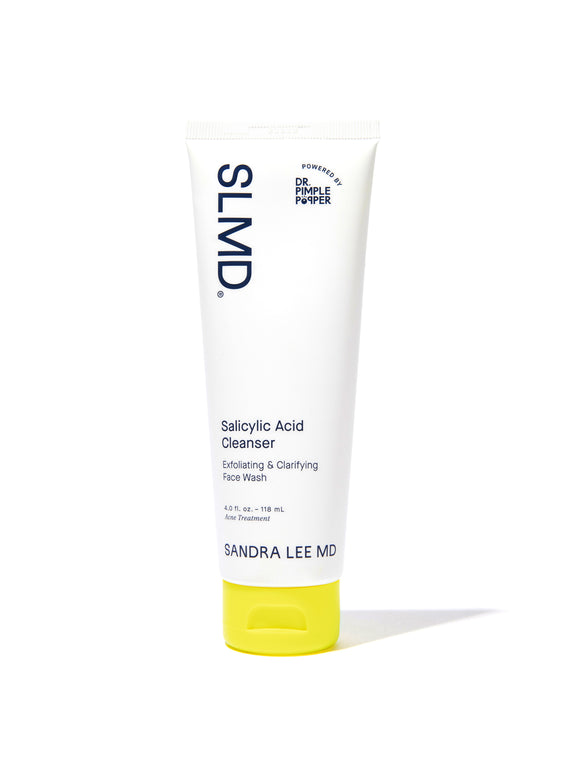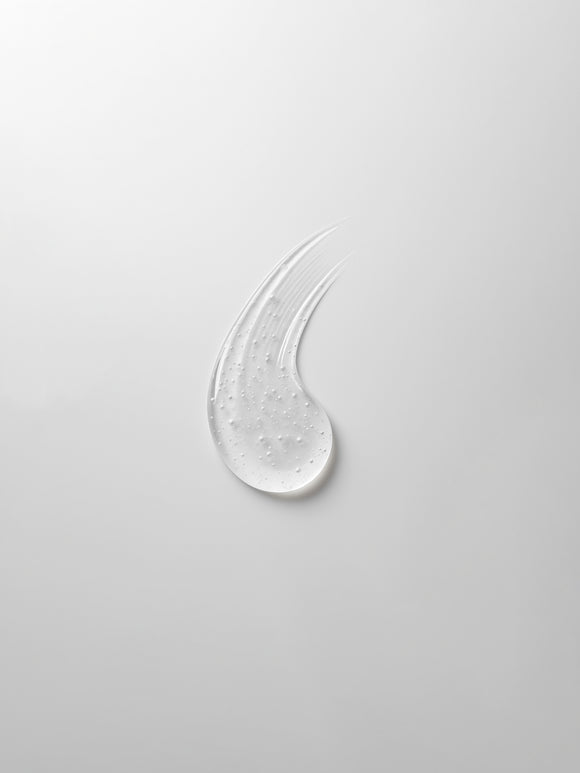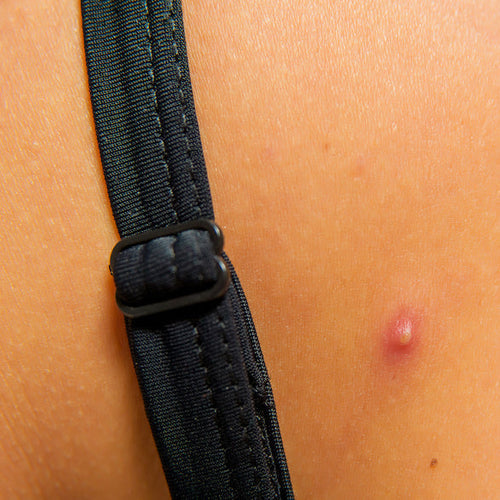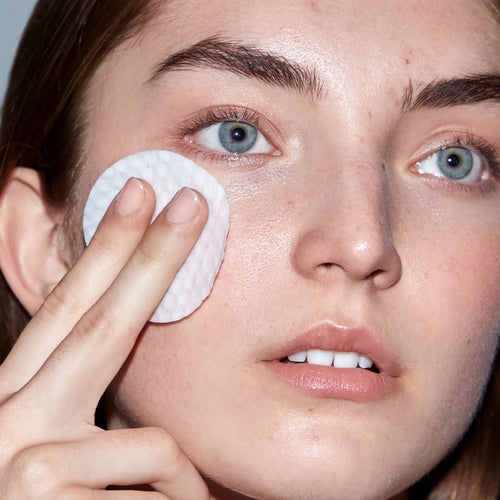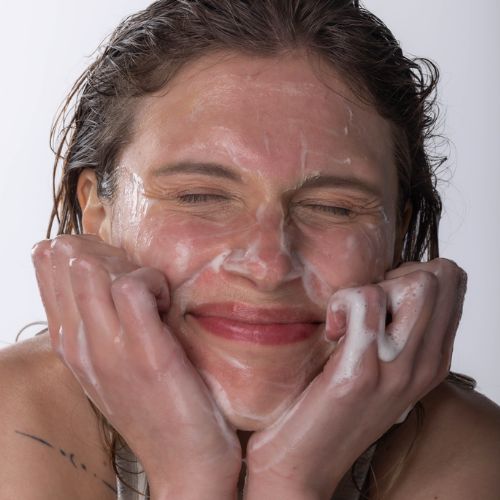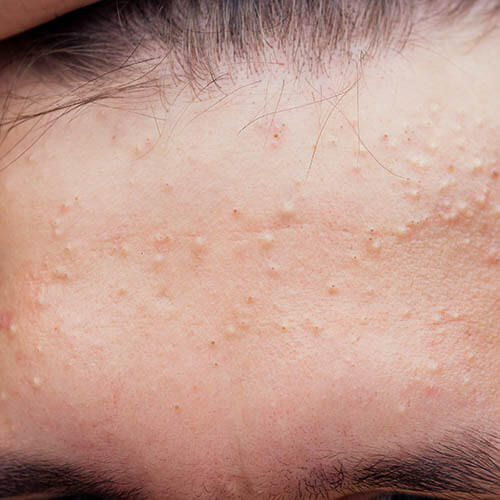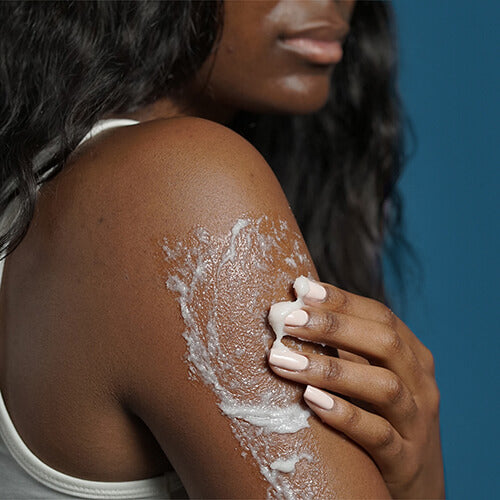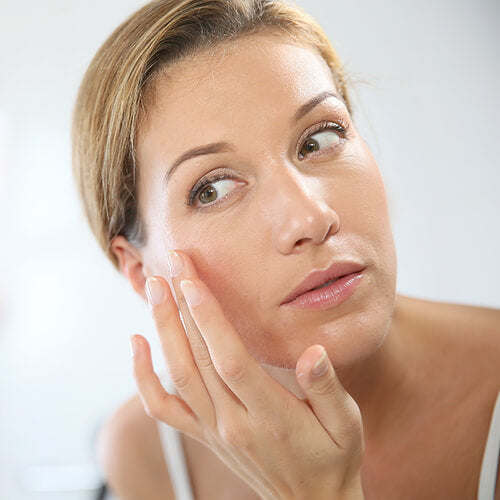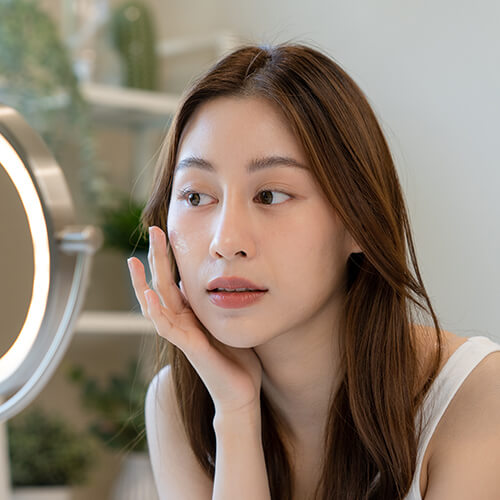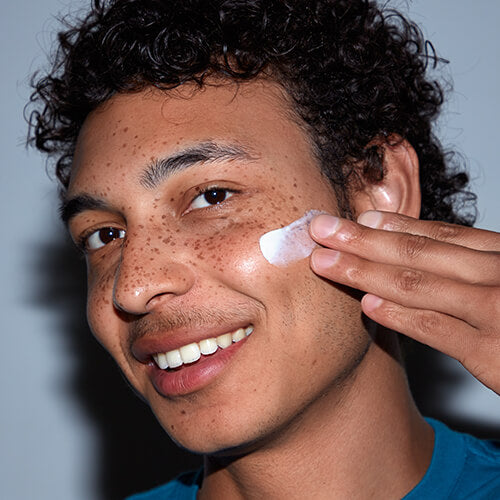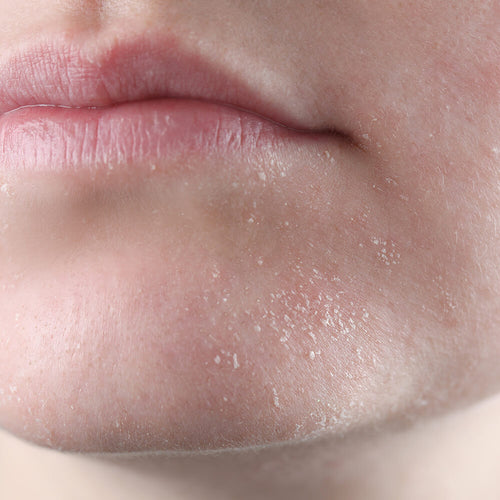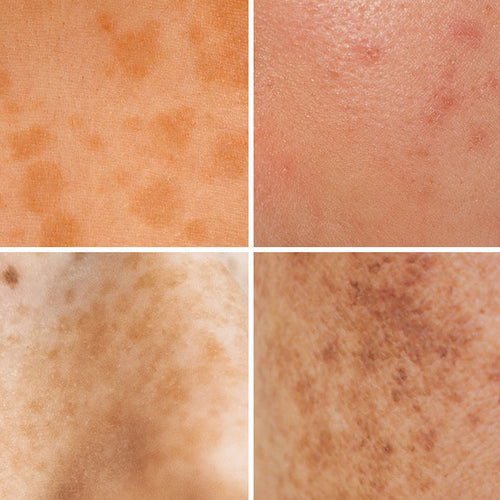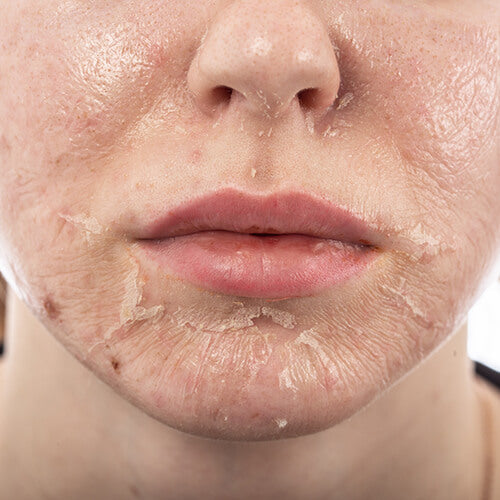
Chemical Peels Explained: Benefits, How They Work, and Expert Tips
Dr. Pimple Popper reveals how chemical peels can transform your skin and tackle skin concerns safely and effectively.Published:
9 minute read
From at-home treatments to in-office procedures, chemical peels are becoming increasingly popular. Advances in peeling techniques and solutions — backed by a growing body of research — have made them safer, more effective, and versatile for various skin types and concerns.
Chemical peels are more than just a beauty trend; they’re a dermatologist-approved treatment for addressing stubborn skin issues. Below, Dr. Sandra Lee, MD (aka Dr. Pimple Popper), breaks down everything you need to know about chemical peels: how they work, their benefits, and how to find the right peel for your skin.
Article Quick Links
What are the benefits of chemical peels?
Chemical peels are one of the most versatile skincare treatments available, offering numerous advantages for skin health and appearance:
- Exfoliation: Removes dead skin cells to reveal a smoother, fresher complexion.
- Radiance boost: Helps even out skin tone and gives skin a healthy glow.
- Collagen stimulation: Promotes collagen production, improving skin elasticity and reducing the appearance of fine lines over time.
- Customizable results: Peels can be tailored to address specific concerns like acne, scarring, and aging.
- Minimal downtime options: Light peels offer quick results with little recovery time.
Key point: Chemical peels are a versatile treatment for improving skin texture, tone, and radiance, making them a go-to treatment for dermatologists and patients alike.
How do chemical peels work?
Chemical peels exfoliate the outer layers of skin, revealing fresher, younger skin beneath. Most peeling solutions are keratolytics, meaning they work by breaking down the bonds that hold dead skin cells (corneocytes) together.
Peeling isn’t new — even Cleopatra is rumored to have used lactic acid-rich donkey milk for smoother skin. Modern chemical peels have evolved significantly, using scientifically proven ingredients to address specific skin concerns.
Key point: By promoting cell turnover and removing damaged skin layers, chemical peels improve skin’s tone, texture, and clarity.
Derm tip: Not ready to commit to a full chemical peel? Try a mini version like SLMD AHA/BHA Swipes, formulated with glycolic, lactic, and salicylic acids to gently exfoliate and refine your skin.
What skin concerns can chemical peels help with?
Chemical peels address a wide range of skin concerns, making them a go-to treatment for dermatologists. Here are some common issues chemical peels can treat:
- Hyperpigmentation: Fades freckles, dark spots, melasma, and post-inflammatory hyperpigmentation (PIH).
- Acne: Clears clogged pores, reduces active breakouts, and minimizes acne scars.
- Fine lines and wrinkles: Stimulates collagen to smooth early signs of aging.
- Uneven texture: Exfoliates rough or bumpy skin for a softer feel.
- Precancerous lesions: Professional peels can help treat actinic keratoses.
Key point: Whether you’re dealing with pigmentation, acne, or signs of aging, chemical peels are a dermatologist-backed solution for healthier skin.
Is a chemical peel right for you?
Chemical peels can be tailored to suit a variety of skin tones and types, but some treatments are better suited for specific conditions or concerns. A dermatologist will assess your skin to recommend the safest and most effective peel. Here are some general guidelines:
- Darker skin tones: Should avoid medium and deep peels due to higher risk of hyperpigmentation or scarring.
- Lighter skin tones: Can typically tolerate deeper peels, but still require professional assessment.
- Prone to scarring: Those with hypertrophic or keloid scars should avoid deeper peels to minimize risk.
- Existing skin conditions: People with melasma, rosacea, eczema and psoriasis should stick to lighter peels to avoid triggering flare-ups.
- Medications: Individuals on isotretinoin or other medications that affect the skin may need to delay treatment.
- Active infections: Avoid peels if you have active herpes (cold sores) or other skin infections to prevent complications.
Key point: Chemical peels can work for almost every skin type, but consulting a dermatologist ensures a safe and effective treatment tailored to your unique skin.

Chemical peel depths: superficial, medium, and deep
Chemical peels can target different layers of the skin, depending on their depth. The depth is influenced by several factors, including:
- Peeling agent: The type of acid or compound used in the peel
- Concentration: The strength of the peeling solution
- Solution pH: Lower pH values can increase the depth of penetration
- Application technique: How the peel is applied, including the number of layers
- Duration of procedure: Time left on the skin, unless the solution is self-neutralizing
- Skin type and thickness: Thicker skin or darker tones may influence penetration
- Skin health: Preexisting conditions or skin sensitivity affect how deep the peel acts
Superficial peels (light peels)
Targets: The outermost layers of the epidermis
Best for: Mild concerns like uneven texture, dullness, and minor discoloration
Downtime: Minimal, with only mild redness or flaking
Medium peels
Targets: The entire epidermis and into the papillary (upper) dermis
Best for: Stubborn pigmentation, fine lines, and moderate acne scars
Downtime: A few days to a week, with noticeable peeling
Deep peels
Targets: The entire epidermis, papillary dermis, and into the reticular dermis
Best for: Severe wrinkles, deep scars, and advanced sun damage
Downtime: Significant recovery time required, with swelling, redness, and peeling for several weeks
Key point: Chemical peel depth depends on factors like the peeling agent, concentration, and skin type. Always consult a dermatologist to select the most effective and safe peel for your skin concerns.
Dr. Pimple Popper's Mini-Peel and Post-Procedure Picks
What are the most common kinds of chemical peels?
Chemical peels come in a variety of formulations, each tailored to specific skin concerns and goals. Below are the most widely used types, along with their benefits:
Glycolic acid
Type: Alpha hydroxy acid (AHA)
Depth: Light to medium
Best for: Hyperpigmentation, fine lines, uneven texture, acne
Skin types: Fitzpatrick I–VI (all skin tones, when used at appropriate concentrations)
How it works: Gently exfoliates by breaking down bonds between dead skin cells.
Salicylic acid
Type: Beta hydroxy acid (BHA)
Depth: Light to medium
Best for: Oily and acne-prone skin, sunspots
Skin types: Fitzpatrick I–VI (effective for all tones)
How it works: Penetrates oily pores to clear clogs and reduce inflammation.
Derm tip: Salicylic acid is a hero for acne-prone skin. Incorporate it into your regimen with products like SLMD Salicylic Acid Cleanser or SA Acne Spot Treatment for targeted care.
Tretinoin (retinoic acid peel)
Type: Retinoid
Depth: Light to medium
Best for: Melasma, acne, and uneven tone
Skin types: Fitzpatrick I–V (typically not recommended for very dark skin tones due to potential irritation)
How it works: Boosts cell turnover to improve discoloration and texture.
Trichloroacetic acid (TCA)
Type: Organic acid
Depth: Light, medium, or deep
Best for: Fine lines, scarring, and sun damage
Skin types: Fitzpatrick I–IV (caution advised for darker tones at deeper concentrations)
How it works: Removes damaged layers of skin to promote smoother texture.
Jessner’s solution
Type: Blended acid (lactic, salicylic, and resorcinol)
Depth: Medium
Best for: Acne scars, fine lines, hyperpigmentation
Skin types: Fitzpatrick I–III (generally safer for lighter skin tones)
How it works: Exfoliates deeply, stimulating cellular turnover for even results.
Baker-Gordon peel
Type: Phenol + Croton oil blend
Depth: Deep
Best for: Severe wrinkles, scarring, and advanced photoaging
Skin types: Fitzpatrick I–III (limited to lighter tones due to higher risk of discoloration)
How it works: Penetrates the deepest layers of skin, requiring extended recovery time.
Key point: Chemical peels can be tailored to suit various skin types and tones. Consulting a dermatologist ensures you choose a peel that’s effective and safe for your specific Fitzpatrick skin type.
What are the risks and side effects of chemical peels?
Even superficial or at-home chemical peels can cause side effects, particularly if you have darker skin or preexisting skin conditions. It’s essential to consult a dermatologist to evaluate your skin type and concerns before undergoing a peel.
Here are some common side effects you might experience after a professional chemical peel:
- Sun sensitivity: Increased vulnerability to UV damage.
- Erythema: Temporary redness and irritation.
- Peeling/flaking: A natural part of the skin renewal process.
- Purging: A temporary increase in breakouts as clogged pores are cleared.
- Milia: Tiny white bumps caused by trapped keratin.
Rare complications can occur with deeper peels or improper use, including:
- Infection: Bacterial or viral infections.
- Blistering: Skin damage during or after the procedure.
- Dyschromia: Hyperpigmentation or hypopigmentation, particularly in darker skin tones.
- Scarring: Permanent scars in extreme cases.
- Temporary heart arrhythmia: A rare complication associated with phenol peels.
Derm tip: Avoid high-concentration chemical peels sold online or promoted on social media — they can cause permanent damage if misused. Always consult a professional for medium or deep peels.
How do you prepare for a chemical peel?
Your dermatologist will provide personalized instructions for preparing your skin, ensuring the best possible outcome with minimal complications. Based on their recommendations, you might follow steps such as:
- Retinoids: Boosting cell turnover before your peel can improve evenness.
- Skin lighteners: Fading existing hyperpigmentation beforehand can lead to more noticeable results.
- Antivirals: For medium or deep peels, your dermatologist may prescribe herpes medication to prevent cold sore outbreaks.
- Medication adjustments: Certain medications (like isotretinoin, antibiotics, or oral contraceptives) may need to be paused before treatment.
- Sunscreen: Protect your skin from UV damage both before and after your peel to minimize complications.
- Avoid exfoliants: Discontinue the use of AHAs, BHAs, retinoids, or scrubs a week before your appointment to avoid over-sensitizing your skin.
- Hydration: Keep your skin moisturized leading up to your peel to maintain a strong barrier.
Key point: Preparing for a chemical peel is about creating the right foundation for success. Follow your dermatologist’s guidance to ensure safe, effective results.
Post-peel care: how to care for your skin after a chemical peel
Post-peel care is essential for achieving the best results and minimizing complications. Follow these tips if recommended by your dermatologist to protect your skin during recovery:
- Keep skin hydrated: Use a gentle, fragrance-free moisturizer to soothe peeling or flaking skin.
- Avoid exfoliants: Skip scrubs, retinoids, or active ingredients until your skin fully heals.
- Wear sunscreen daily: Protect your skin with broad-spectrum SPF to prevent UV damage and discoloration.
- Avoid picking: Resist the urge to peel or pick at flaking skin to avoid scarring.
- Treat skin gently: Use a mild cleanser and avoid hot water or harsh products that could irritate your skin.
Derm tip: Keep skin hydrated and protected with SLMD Hyaluronic Acid Serum and Daily Moisturizer with SPF 15, formulated to support a healthy skin barrier after exfoliation.
Dr. Pimple Popper answers chemical peel FAQs
Q: What’s the difference between chemical peels and exfoliation?
A: Chemical peels penetrate deeper into the skin than surface-level exfoliation, targeting multiple layers for more dramatic results. Exfoliation removes only the outermost layer of dead cells.
Q: How often should you get a chemical peel?
A: The frequency depends on the peel’s depth. Light peels can be done every 4-6 weeks, while deeper peels should be spaced out by several months.
Q: Can chemical peels help with acne scars?
A: Yes, peels like TCA and glycolic acid can help reduce the appearance of shallow acne scars by stimulating collagen and evening out skin texture.
Q: Is a chemical peel safe for sensitive skin?
A: Sensitive skin types should stick to lighter peels, such as those containing lactic or salicylic acid, and always consult a dermatologist first.

Dr. Lee's Last Word
Chemical peels are a versatile and effective way to improve your skin’s texture and tone. With proper guidance from a dermatologist, they can address everything from acne to signs of aging. Remember to start slow, choose the right peel for your skin type, and always protect your skin with sunscreen post-treatment.





